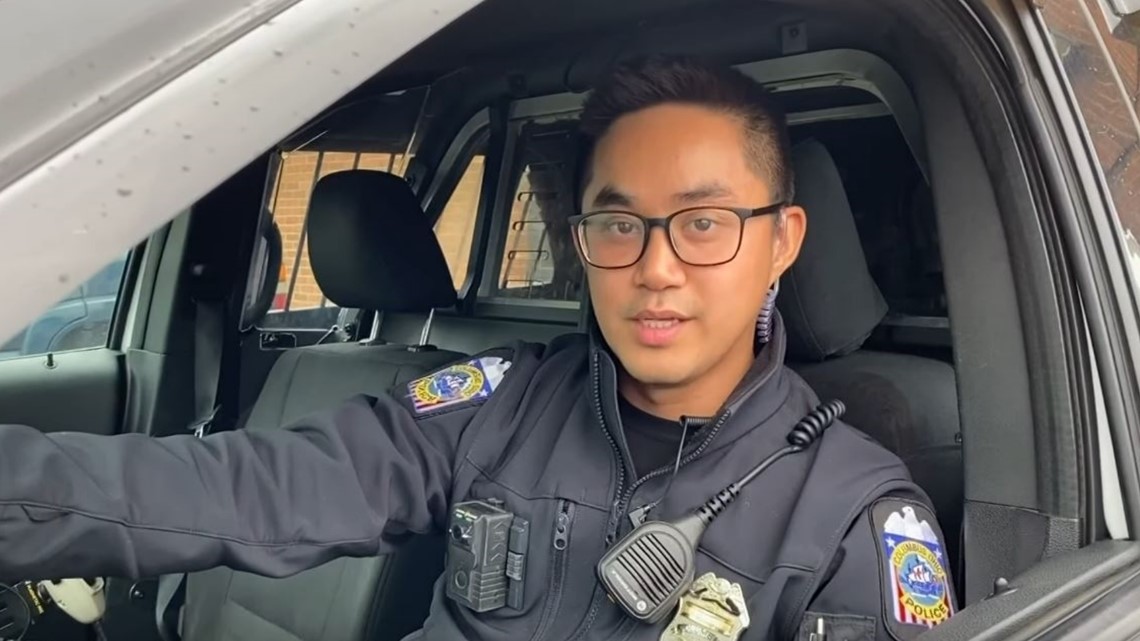Key Highlights
- A 18-year-old Columbus man, TaShawn Davis, was fatally shot by police near the Ohio State University campus.
- The family described his behavior as “unusual,” with reports of him acting erratically and pulling out a fake gun at a bar.
- CPD officials stated that an officer approached after receiving a call about a robbery suspect who matched Davis’s description, leading to the shooting.
- A 911 call detailed his behavior as “crazy,” including fighting with a female and carrying a fake gun at a bar where he was left by friends.
Unusual Behavior Leading to Tragic Shooting
Columbus police officer Tashawn Davis, an 18-year-old Dublin Coffman High School senior, was fatally shot early Sunday morning near the Ohio State University campus. The incident has sparked a renewed discussion on mental health and the use of lethal force by law enforcement.
Family’s Concerns
The family of Davis described his behavior as “unusual,” with his stepmother calling 911 overnight to report him missing after an erratic night out. She told dispatchers that her stepson had been partying near OSU when he began acting erratically, pulling a fake gun and fighting with a female before being left at the bar by concerned friends.
Police Response and Investigation
Columbus Police Department (CPD) officials stated that an officer was alerted to a gun being pointed at two individuals during an alleged robbery on High Street, matching Davis’s description. Surveillance video reportedly shows him dropping a handgun after he was shot, with officers claiming he ran from them during the chase.
The sergeant who pulled the trigger has not been identified but is known to be a 14-year veteran of the force. FOP President Brian Steel defended the officer’s actions as justified, citing the need for quick decision-making in potentially dangerous situations.
Controversial Aspects and Public Reaction
The case has raised questions about whether the use of lethal force was necessary given Davis’s reported behavior. His grandmother, Rebecca Suttles, expressed disbelief at suggestions her grandson might have been involved in violent activity, calling him “not a threat” and noting his respect for police.
While Davis was known to occasionally drink and use marijuana, his family maintains he showed no signs of mental health issues until the day before his death. The incident also highlights ongoing debates about the impact of alcohol on young people’s behavior and the training required for officers to handle such situations.
Expert Perspectives and Future Implications
Experts in law enforcement and mental health argue that better communication between police and community services is essential. Dr. Jane Smith, a forensic psychologist specializing in crisis intervention, stated, “Officers need clear protocols on how to de-escalate situations involving individuals with erratic behavior while ensuring public safety.”
The case has prompted local advocacy groups to call for increased funding for mental health resources and improved training for law enforcement officers to handle such incidents. As the investigation continues, the incident serves as a stark reminder of the complex challenges faced by both families and police departments in managing potentially dangerous situations.

